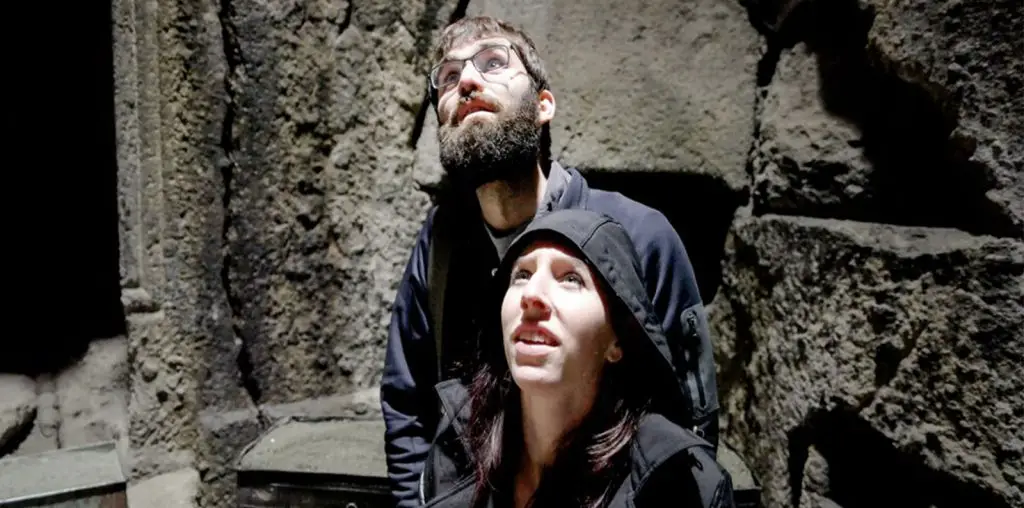
“And something is happening, but you don’t know what it is, do you Mr. Jones?” ^ – Bob Dylan, “The Ballad of a Thin Man”
After more than thirty years, it’s hard to recall just how much terror the Black Panthers evoked in the hearts of whites. The images of gun-toting African-American revolutionaries going head to head with cops certainly created alarm in my family. Were we afraid of having our bourgeois privileges taken away? Was it irrational fear? Were they gun-toting terrorists or simply one of several communal, anti-capitalist, anti-racist movements? Or was the left-wing politics just window dressing for a massive, radical chic-fueled con?
Well, you won’t find answers to many of these questions in the television adaptation of Roger Guenveur Smith’s one-man show, “A Huey P.Newton Story” directed by Spike Lee – but you will get a memorable depiction of a man every bit as tricky and complex as the movement he co-founded. As portrayed by Smith, Huey Newton is initially shy and painfully soft-spoken. But as he warms up, the words emerge in a rapid fire, polyrhythmic stream of consciousness. Newton seems unable to rise from his chair, but he’s like a hyperactive child and can barely remain seated.
Confident in his intelligence and with a talent for poetry, he’s prone to hyperbole and out and out BS, overusing and misusing terms like “existentialism,” trying to impress, flatter or frighten his audience into loving him, then lapsing into strange, funny digressions on race, politics, philosophy, Shakespeare, mythology and – most of all – music. (He eloquently eulogizes Billie Holiday. He praises Motown diva Martha Reeves, but asks: Just what is a Vandella?) He’s witty and smart, often a bit creepy, and clearly troubled. He’s somewhere between the smartest underachiever you’ve ever met and that guy talking to himself on the street corner. Clearly he’s got some mental health issues and probably a drug problem, but that’s hardly the sum of this human Rubik’s cube.
Onscreen, “A Huey P. Newton Story” is memorable, but it must have been something to see on stage. Roger Guenver Smith gives a striking, extremely physical, performance involving the heaviest, most intense cigarette smoking I’ve ever seen. (It’s a great job, but you’ve got to wonder how many years of his life Smith is sacrificing.)
Regardless, Spike Lee uses whatever tools he can to make this more than a simple transcription of a stage play, including bluescreen effects and documentary footage. The prison-like set further emphasizes the extreme isolation of Huey Newton, who spent years in solitary confinement. On the other hand, Lee’s predilection for extreme close-ups that cut off parts of his subject’s face and body only serves only to distance us from this unfathomable character.
But nothing can blunt the impact when Smith/Newton finally jumps up from his chair and performs a strange, non-dance to Bob Dylan’s “Ballad of a Thin Man.” Something really is happening, even if we don’t know what it is.
